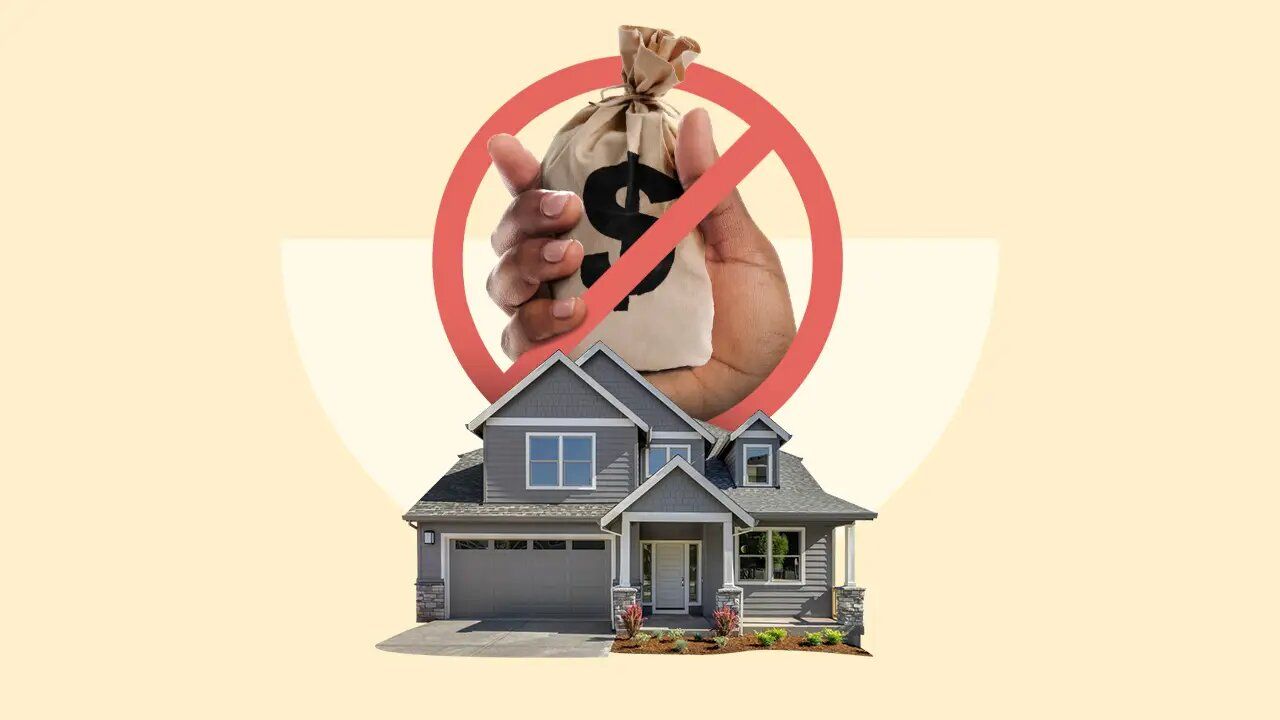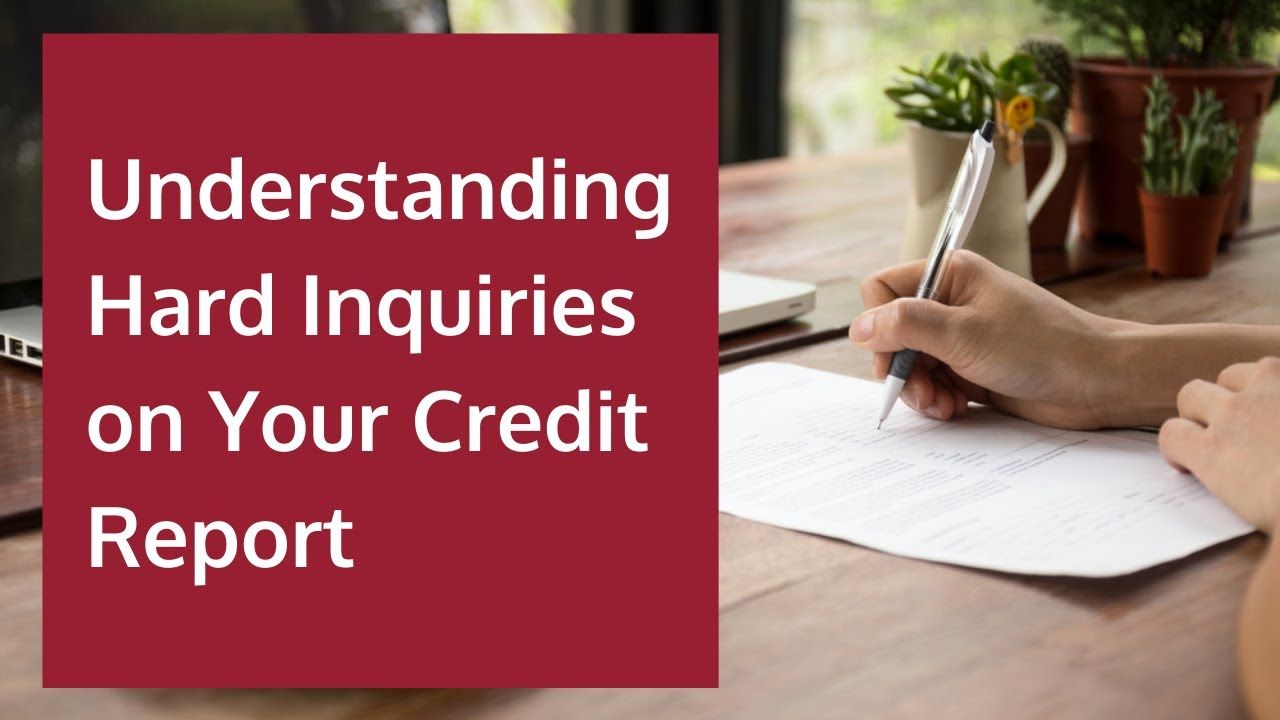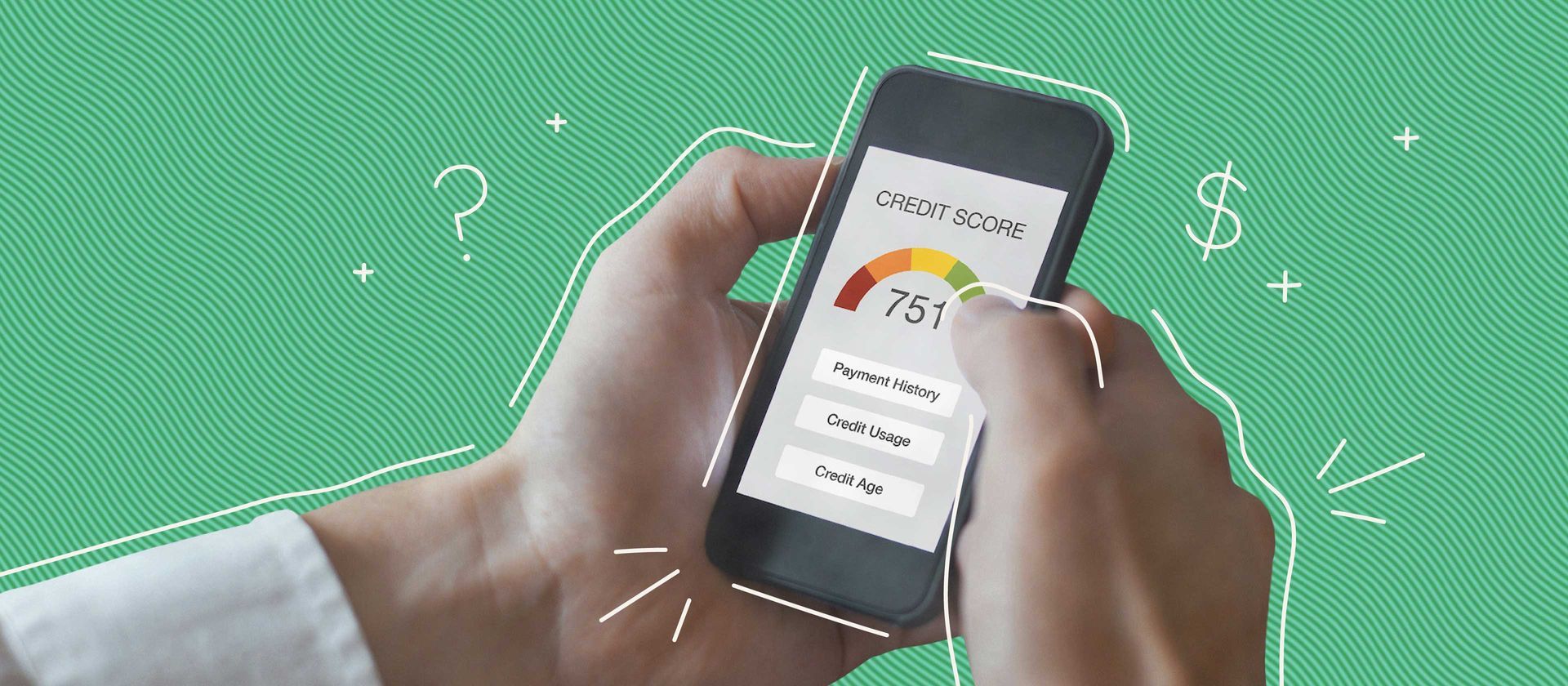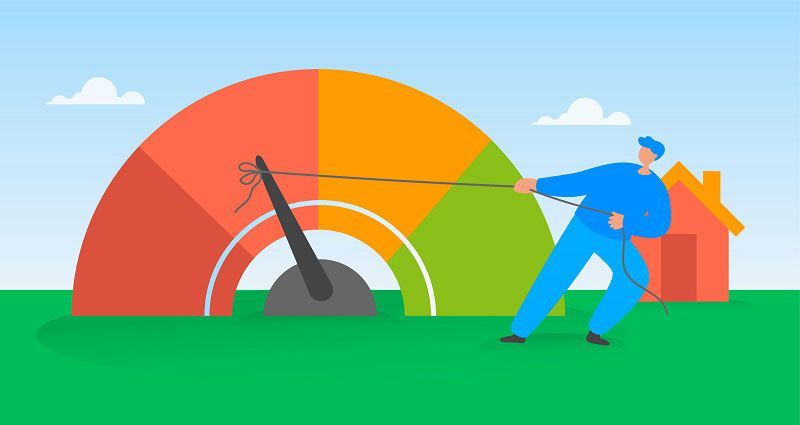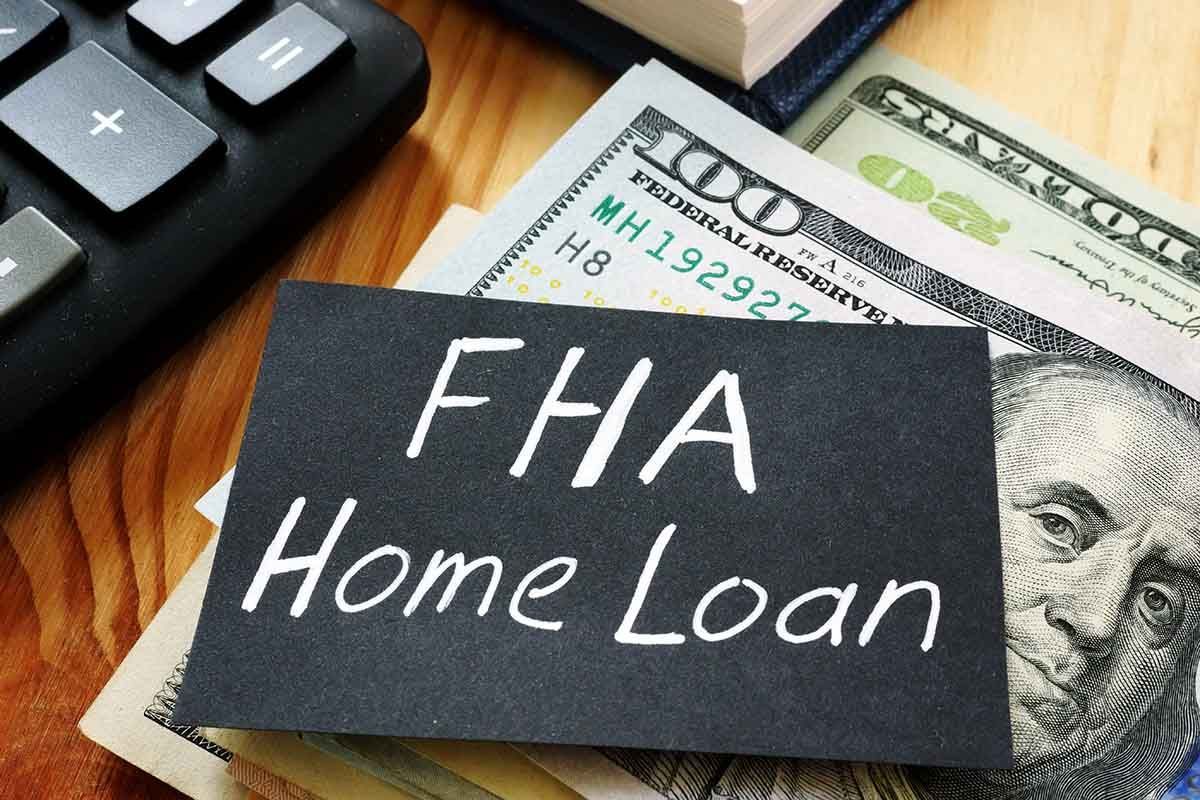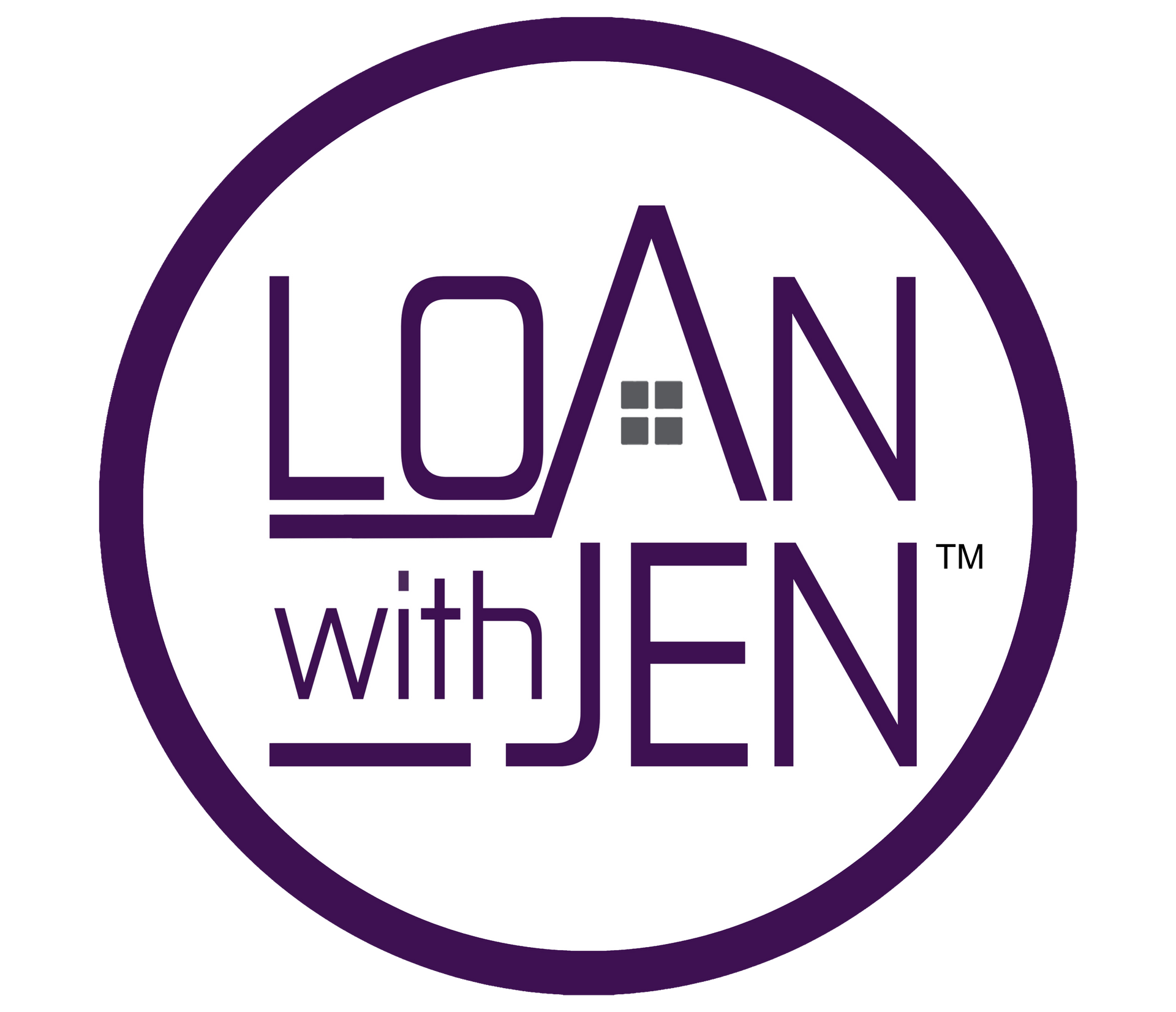We are an Equal Employment/Affirmative Action employer. We do not discriminate in hiring on the basis of sex, gender identity, sexual orientation, race, color, religious creed, national origin, physical or mental disability, protected Veteran status, or any other characteristic protected by federal, state, or local law.
How to Buy a Home With Low Income
If you're looking for ways to step into the the property ladder, but worried you don't earn enough, this guide will help show you how to buy a home with a low income.
How to Buy a Home With Low Income
In the United States, families living below a household income of $52,492 with two adults and two children are considered low-income in the United States. If you’re living on less, there are still options for you to obtain a home for your family.
From setting a budget to speaking with a loan officer, we’ll go over everything you need to know about how to buy a home with low income.
Whether you’re looking for a new home for a growing family or a home for yourself, there are loan programs available when it comes to homeownership on a low income. These programs are generally area based. What this means is that they are offered through local city and state agencies, to assist the residents of that certain geographic area.
The important thing to know, is that most if not all the down payment assistance programs are available and geared towards persons or households that are 80% or below the median income for your area. This federal website is a good lookup tool for the median income in your area. Once you look it up, you would calculate 80% of that number. If you are below that 80% number, you would be eligible for additional programs that target to help lower income families.
When researching special assistance in your area, an online search is the best place to start. Keep in mind to use keywords like your city and state. For example, you could search for 'down payment assistance Texas', or be more specific, 'down payment assistance Houston, TX'. This will help you narrow the search. Its also a good idea to get introduced to a local lender that will help expand your knowledge of what's available. Asking friends and coworkers is an excellent place to start when choosing lenders.
Let’s jump in and get you one step closer to your new home.
Get a Good Look at Your Monthly Finances
Before making any major purchase, you’ll need to take a deep look at your finances. This means writing out all the income you have coming in each month from paychecks and other sources, as well as the expenses you have going out. The more exact you are at identifying your monthly survival number, the better understanding of your monthly available funds you’ll have. It's also a good time to see what expenses you can cut in order to determine your available monies for housing later on.
Look at what you have currently for a housing payment , for example monthly rent. After the exercise of income versus expenses as outlined above, are there any funds left over in order to apply toward your monthly housing expense? You want to be sure to know what your maximum available funds are before moving on in the process. Keep in mind that your monthly payment on the home will be comprised of principal, interest, property tax, home insurance, and private mortgage insurance.
Not included in your mortgage payment are any utilities like electricity, water, gas or neighborhood community expenses.
Once you have finished the task of identifying all income sources, expenses, any unnecessary expenses to trim, you are ready with that monthly number that you have available for a potential monthly mortgage.
Determine Cash Available for Down Payment and Closing Costs
After determining your available monthly budget for a potential payment, its time to evaluate how much you have for initial down payment and closing costs. The good news is that there are programs available for low down payment , or even zero in some cases. Before we discuss that further, identify what you do have to work with. Whether that number is $0, or $10,000 for example, let's start there.
Knowing where you stand will help you later on decide which program is best for you, together with the advice of a good and reputable local lender in your area.
There are 2 federal programs, available that offer 0 down:
VA Loan
The first is a VA loan, which stands for Veterans Administration. In order to eligible for this, you must be serving or have served in the US military.
USDA Loan
The second federal program that offers 0 down is a USDA loan. This must be located in a rural areas as designated by the US Department of Agriculture.
If the VA and USDA loans are not available to you based on their limitations, then down payment assistance in your city and or state is the next best option. Knowing which assistance programs are available can be a web of tangled information, because funds availability for these programs can constantly changing as well. Start with a generic online search, and remember to be specific to your area, like 'down payment assistance Houston, TX'.
In addition to down payment assistance, it's important to remember the closing costs. These are mandatory fees payable to all the parties involved in completing the home purchase, such as the lender, title company, other third party vendors, and prepaid expenses to home insurance, property tax authorities and home owners associations as applicable.
These fees cannot be avoided, but they can be paid in some creative ways. More on closing costs in the video below!
Funds from down payment assistance can be used towards these expenses, as can seller credits. Your real estate agent would help you negotiate seller credits at the time of making an offer.
In summary, between down payment assistance and seller credits, a buyer could potentially extremely reduce their funds required for that home purchase! If you do have your own funds available, it could be used to increase the down payment in order to lower your monthly payment, or be used to pay down debt in order to qualify.
This would be a great topic to discuss with your local mortgage lender!
Speak with a Loan Officer About Your Options
Now that you have identified your monthly budget for a payment, and determined any funds available for a down payment, you are ready to talk to a lender!
The best advice I can give new potential homeowners is to talk to a lender early. A minimum of 6 months from when you need to move is ideal, and maybe even 12 months if you think some homework on credit might be in order. The more knowledge and advice you can get from a professional, the better decisions you will be able to make! Not to worry, a consultation with a mortgage lender should not cost you anything other than time to gather documents and have discussions.
Your lender can also help you with how much to save for a down payment, what your ideal payments should be, and what a comfortable home price range is for your budget. If the home price range you are approved for by the lender, does not match the price homes in the area that you want to live, consider looking for a co signer. This would need to be a family member, that has good credit and income sufficient to meet the monthly payments on the home you wish to purchase. Your lender will talk about the pros and cons of this option with you as well.
Once you know your maximum home price and have a pre approval letter in hand from your lender, you are ready to look for homes with a realtor and one step closer to making homeownership a reality.
Learn More About How to Buy a Home with Low Income Today
Looking for how to buy a home with low income? You’ve come to the right place. We have a mortgage offers and loan terms to fit a variety of income and budget levels. To learn more about the mortgage options available to you, fill out the contact form here. We’ll help you get into a home and mortgage you can afford.
Unsure which documents you need to get pre-approved for a home loan? Download our Pre-Approval Checklist to uncover all documents needed to get pre-approved for a home loan in Texas!

